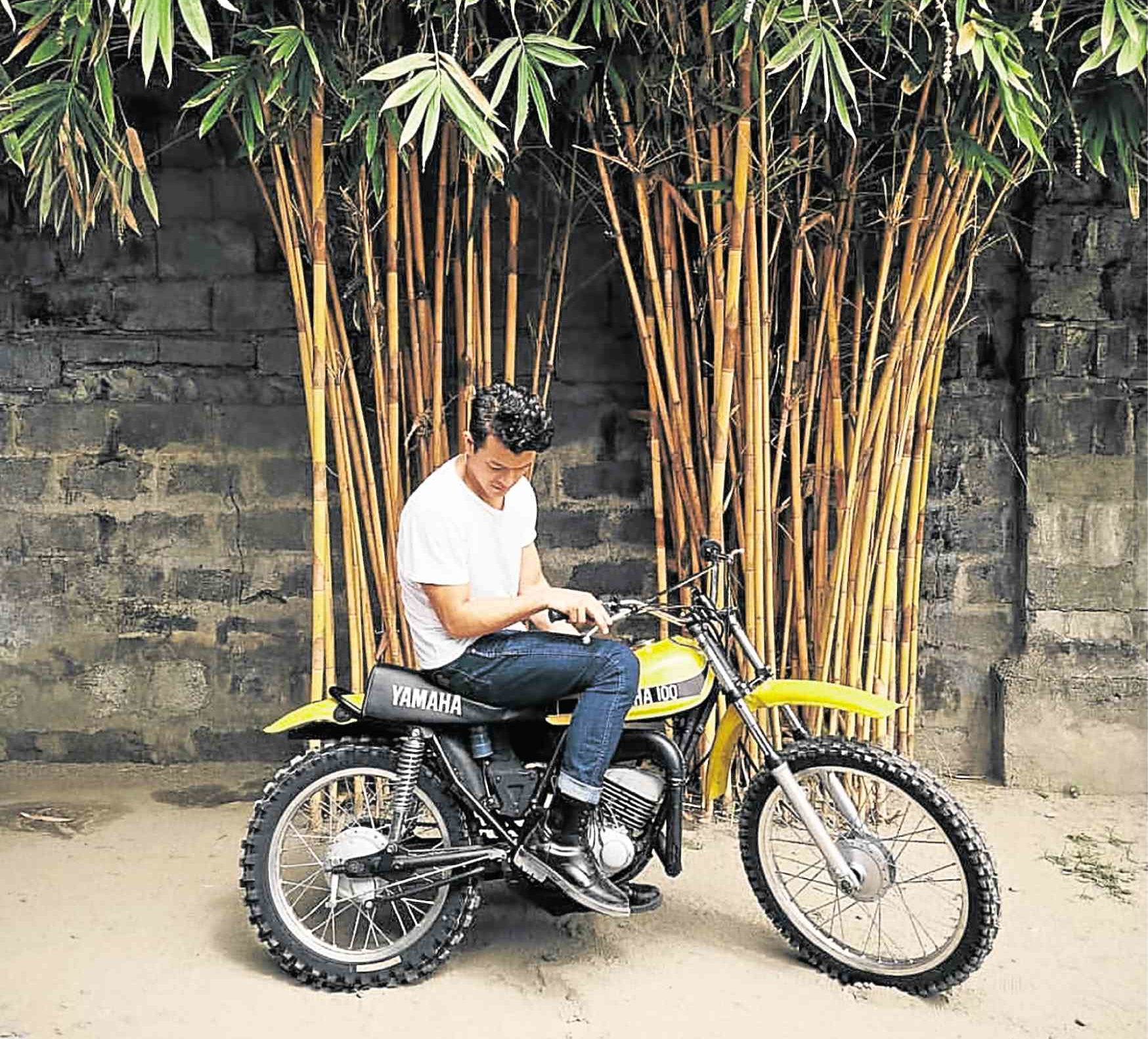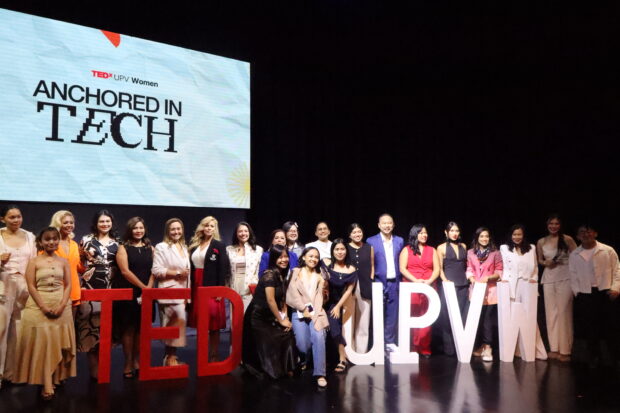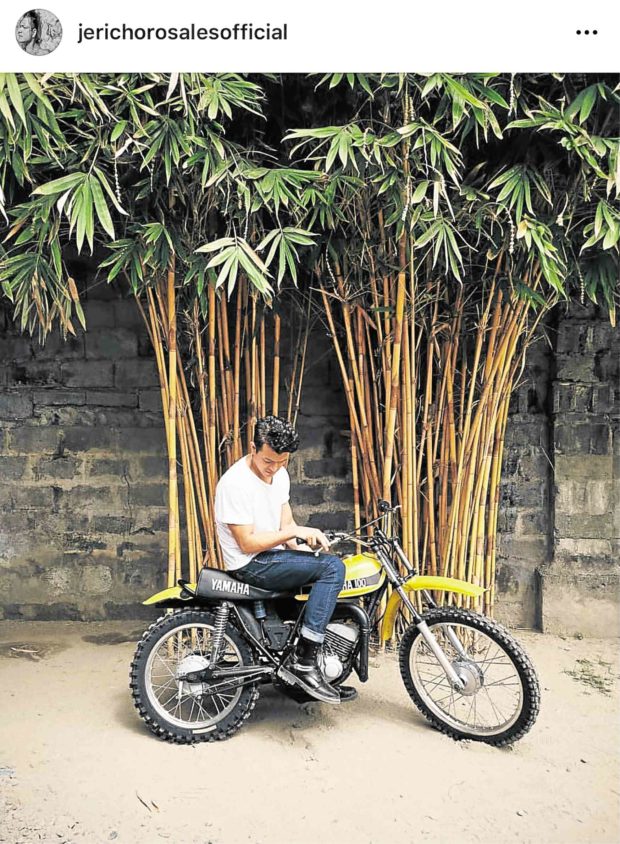
For much of society, the motorcycle remains a forbidden indulgence, an object of fantasy, and danger,” wrote Thomas Krens, curator of the landmark 1998 Guggenheim Museum exhibit “The Art of the Motorcycle.”
Think Marlon Brando on his Matchless in “The Wild One,” Peter Fonda and Dennis Hopper on their chopped Harleys in “Easy Rider,” or even Marianne Faithfull in “Girl on a Motorcycle (Naked Under Leather).”
In the 21st century, the motorcycle has also become a platform for self-expression, thanks to its adoption as the vehicle of choice for a certain segment of the so-called “creative class,” sociologists’ shorthand for professionals who work in the knowledge, entertainment, media and culture industries and who often drive new trends and lifestyles.
This new breed of riders appreciate the motorcycle for the same reasons everyone else does: as a cheap and practical means of urban transport, an enjoyable way of touring the countryside on weekends, and a source of an occasional adrenaline jolt to cleanse the blood and tone the nervous system.
In addition, they appreciate it as an emblem of personal style, a badge of identity.
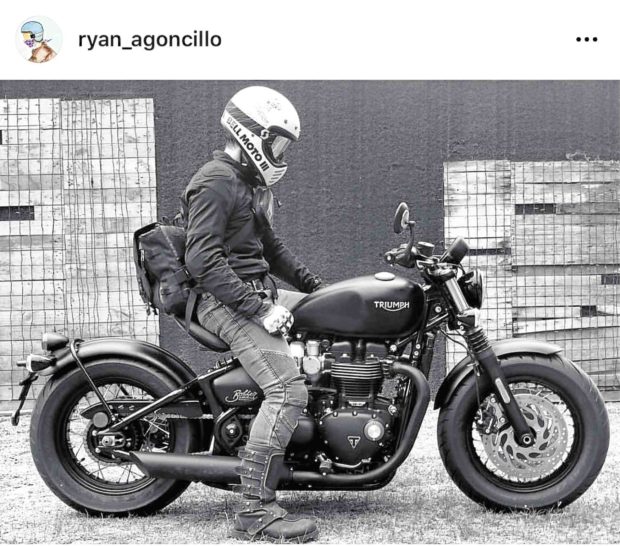
Today’s local moto culture is reflected in the emergence of the celebrity biker (actors Jericho Rosales and Ryan Agoncillo, musician Ely Buendia, TV personality Kim Atienza to name a few), the motorcycle-themed cafe, motorcycle customization garages, apparel and accessory shops—an entire lifestyle support system.
Social riding
Moto Builds, the annual custom motorcycle show, continues to expand every year and attract more enthusiasts. Social media is also rife with riding groups with clever names such as the Braap Pack, Titos Locos and the Litas Manila—the last catering exclusively to women riders.
The local motorcycle industry has been slow to catch on to this lifestyle trend.
The big four (Honda, Kawasaki, Suzuki, Yamaha) focus mainly on the utility market, while importers of Euro and US brands such as BMW, Ducati and Harley-Davidson cater to the luxury end with high-performance (and expensive) racing and touring machines.
This has left the midsized, midpriced market wide open for upstarts such as Royal Enfield, one of the fastest-growing motorcycle brands internationally, and especially favored by its enthusiasts for its vintage styling and affordability.
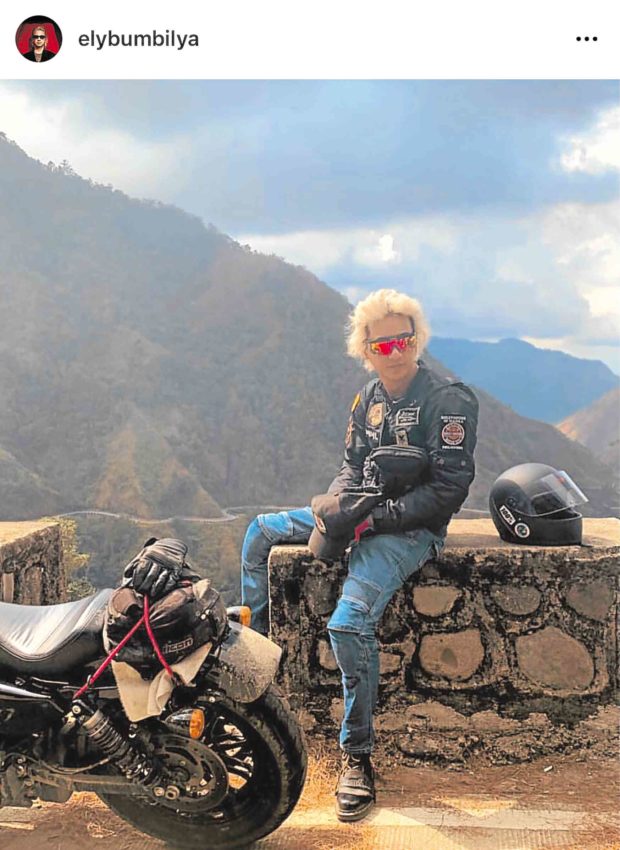
Originally a British marque dating back to the last century, Royal Enfields have been manufactured in India since the 1950s, when the company was acquired by Royal Enfield India.
Unlike other motorcycle companies with “retro”-inspired models, Royal Enfield can lay claim to real heritage. Its “grandfather,” the venerable Bullet, has remained essentially unchanged since it first rolled off the production line in 1955. Its performance and top speed are likewise vintage, but its enthusiasts don’t seem to mind. In fact, there’s a huge cult following in India around the Bullet—there’s even a Hindu temple dedicated to it.
While riding my own Royal Enfield Classic 350, a slightly more updated version of the Bullet, a fellow rider sidled up to me at a stoplight, eyeballed bike and rider, and asked me: “Sir, kayo po ba ang tatay ni Dingdong Dantes?”
He was long gone by the time I figured it out: he was talking about Dantes’ TV ad for a geriatric nutritional supplement where he restores his father’s vintage bike and the pair go riding into the sunset.
Because of its competitive price point in the Philippine market, Royal Enfields have developed a loyal following among its partisans who appreciate its practicality, affordability, simplicity, and, of course, its stylishness.

“It’s a modern classic,” says Jimmy Barinaga, CEO of Hardcore Brothers Custom Motorcycles Inc., the brand’s exclusive distributors in the Philippines since 2012. “When you buy a Royal Enfield, you’re buying heritage—there’s a 120-year-old name behind it. Aside from that, there’s a cool, bohemian aura that’s part of its appeal.”
Hardcore Brothers was originally a motorcycle customization garage until Barinaga decided to change the company’s business model.
Old-school bikes
“I like old-school bikes,” he says. “I’d heard about Royal Enfield since I was in high school. I asked my British friends about it and they said ‘It’s bomb-proof,’ meaning it’s a durable, reliable ride. Later I heard that in India they were using them to travel around the Himalayas. I was sold.”
Barinaga got in touch with the mother company in India. It turned out to be the perfect time: the company was in the midst of a global marketing push. Within a matter of weeks, Hardcore Brothers was selling the first few Royal Enfields in its Makati showroom.
“We sold only a few units the first year,” says Barinaga. “No one knew about the brand. It was very niche.”
As it turned out, creatives were among the first to buy Royal Enfields. The bike’s classic British style, and the idea of riding a brand-new vintage bike, appealed to people in advertising, entertainment, media and the arts.

“My first customer was the creative director of an advertising agency,” recalls Barinaga. “A lot of my early customers were what you might call influencers.”
The brand also caught on among pilots and military men, specially since the “battle green” and “desert storm” models looked like they could have been ridden by dispatch riders in World War II.
Seven years later, Royal Enfield Philippines has an expanded and loyal customer base, specially since the introduction of its new model, the 400cc go-anywhere Himalayan.
It’s gone to the next level with the recent introduction of the higher-performance 650cc twin-cylinder Interceptor and Continental GT models.
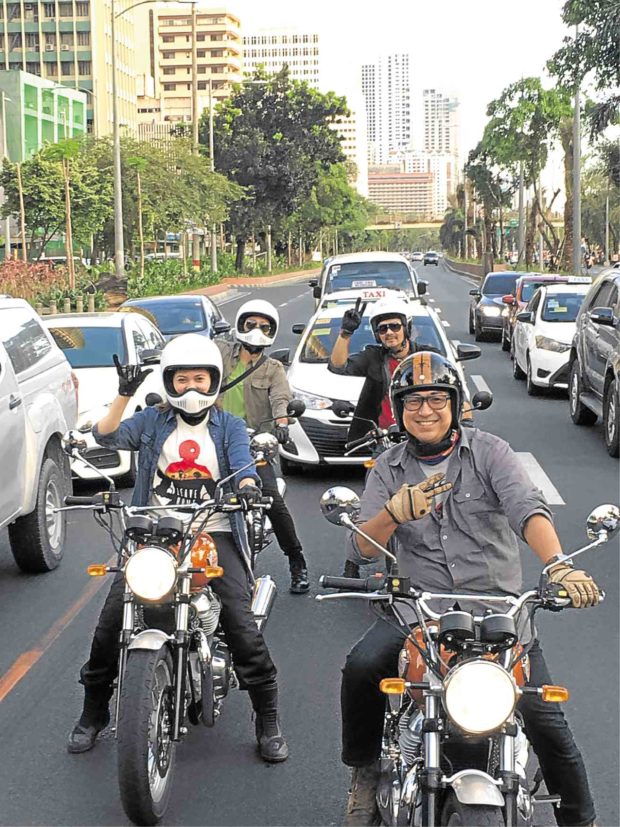
The original Interceptor was Royal Enfield’s top-of-the-line model in 1964. Pristine specimens fetch as much as $10,000 at auction. The Continental GT, on the other hand, was the classic café racer, built for speed.
The modern versions take pains to preserve this aura of “the Golden Age of Motorcycling,” while adding modern touches such as anti-lock braking and electronic fuel injection—catnip for today’s lifestyle bikers.
“We now have nine dealerships nationwide and a happy community of loyal Royal Enfield riders,” says Barinaga. “On one of our breakfast rides, we get 50 to 75 people joining.”
Now it’s the major brands watching Royal Enfield, and expanding their model line-ups to include midsize, retro-styled models.

